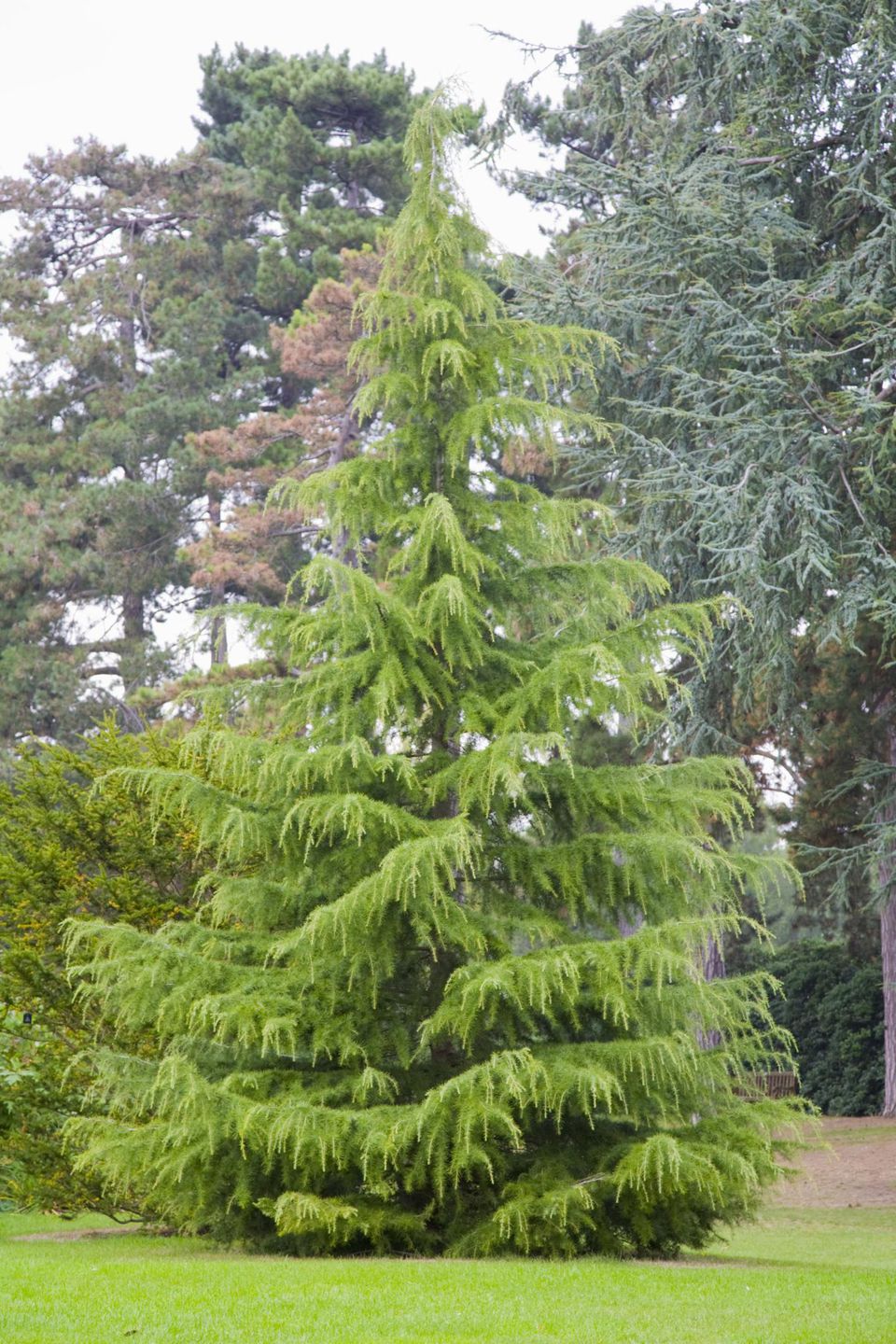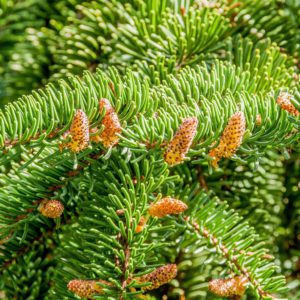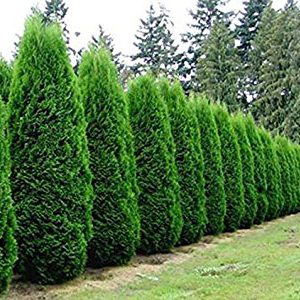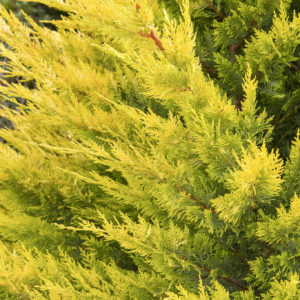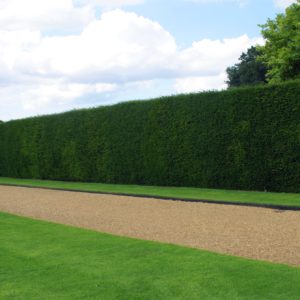Cedrus deodara
Price range: €180.00 through €600.00
Frequently Bought Together


Description
Quick Facts
- Common Name: Deodar Cedar, Himalayan Cedar
- Botanical Name: Cedrus deodara
- Plant Type: Evergreen conifer
- Mature Height: 20-30m
- Mature Spread: 8-12m
- Flowering Period: September to October (cones)
- Flower Colour: Male cones: yellow-brown, Female cones: green ripening to brown
- Foliage: Soft blue-green to grey-green needles in clusters, gracefully weeping branches
- Hardiness: RHS H5 (hardy in most areas)
- Soil Requirements: Deep, moist, well-drained, slightly acidic to neutral
- Aspect: Full sun
- Maintenance: Low
Description
Experience the majestic elegance of Cedrus deodara, the graceful Himalayan Cedar that brings exotic beauty, exceptional year-round presence, and distinctive weeping form to your garden with its soft blue-green needles and architectural silhouette. This outstanding evergreen conifer offers exceptional ornamental qualities—a naturally pyramidal form with distinctively drooping branch tips and a gracefully weeping leading shoot that creates elegant movement and soft texture, soft needle-like foliage in beautiful shades of blue-green to grey-green arranged in dense clusters, impressive barrel-shaped cones that add architectural interest, and rapid growth that quickly establishes substantial specimens, making this one of the most elegant and distinctive large conifers for creating dramatic focal points and year-round structure in spacious gardens.
Throughout all seasons, this captivating tree displays its characteristic soft needles measuring 3-5cm long, arranged in dense whorls of 20-30 on short shoots, creating a luxurious feathery texture in beautiful shades of blue-green to grey-green. The gracefully weeping branch tips and distinctively drooping leading shoot create elegant movement and soft cascading layers that distinguish this cedar from all others—the pendulous habit becomes more pronounced with age, creating increasingly dramatic architectural presence. Young trees display a narrow pyramidal form, broadening with maturity into a magnificent broad-based pyramid with sweeping lower branches that can reach the ground. In autumn, male cones appear as upright yellow-brown structures releasing clouds of pollen, whilst female cones develop into impressive barrel-shaped structures measuring 7-12cm long, ripening from green to purplish-brown over two years and adding substantial architectural interest.
Native to the western Himalayas from Afghanistan to Nepal, this remarkable tree grows at elevations of 1,500-3,200m in its native habitat. The name ‘deodara’ comes from the Sanskrit ‘devadaru’ meaning ‘timber of the gods’, reflecting the tree’s sacred status and the exceptional quality of its aromatic, durable timber. Hardy and adaptable once established, Deodar Cedar thrives in Irish conditions when given appropriate shelter, preferring deep, well-drained soils and full sun whilst tolerating moderate exposure once mature. The fastest-growing of the true cedars, establishing impressive specimens within 10-15 years.
Create stunning compositions by planting as magnificent specimen trees in large gardens, estates, or parkland where the graceful weeping form and substantial size can be fully appreciated. Exceptional as focal points in lawns, at the end of vistas, or in prominent positions where the distinctive silhouette creates dramatic impact. Works beautifully in formal landscapes, contemporary gardens, or naturalistic settings. Best appreciated where the elegant weeping habit can be viewed from multiple angles. Magnificent combined with other architectural conifers or as a striking contrast to deciduous trees.
Caragh Garden Notebook
Planting: Space trees 12-15m apart for groupings, or allow 15-20m for specimen placement to accommodate the substantial mature spread and sweeping lower branches. Plant container-grown specimens year-round, though spring or early autumn is ideal. Dig holes twice the width of the root ball and incorporate generous amounts of organic matter. Plant at the same depth as the container. Stake securely for the first 3-5 years to support the weeping leading shoot. Water thoroughly and mulch generously around the base. Choose sheltered positions protected from harsh winds, especially when young.
Soil Preparation: Thrives in deep, moist, well-drained soil with pH 5.5-7.0. Prefers slightly acidic to neutral, fertile conditions enriched with generous amounts of organic matter. Requires excellent drainage—dislikes waterlogged or heavy clay soils. Requires deep soil for the extensive root system. Incorporate well-rotted compost or manure to improve soil structure and moisture retention. Best growth occurs in full sun with consistent moisture, shelter from harsh winds, and protection from late spring frosts when young.
Container Growing: Not suitable for long-term container growing due to massive size, vigorous growth, and extensive root system. Young specimens can be grown temporarily in very large containers (minimum 80cm diameter) using soil-based, slightly acidic compost, but should be planted out within 2-3 years for best long-term health and to achieve full size potential, characteristic weeping form, and cone production.
Seasonal Care: Requires minimal pruning—the naturally elegant pyramidal form with weeping branches develops without intervention. Remove only dead or damaged branches in late winter or early spring. Never top or heavily prune the leading shoot as this destroys the characteristic weeping form and natural shape. Remove any competing leaders to maintain single-stemmed form. Apply slow-release balanced fertiliser in early spring. Mulch generously with organic matter to retain moisture. Water during dry spells, especially in the first 3-5 years until well established. Protect young trees from harsh winds.
Propagation: Propagate from seed collected from ripe cones in autumn—extract seeds, stratify for 4-6 weeks, and sow in spring. Germination can be slow and variable. Seedlings show natural variation in colour and form. Semi-hardwood cuttings taken in late summer can root but success is variable and requires specialist facilities. Most gardeners prefer to purchase nursery-grown specimens for guaranteed quality, faster establishment, and reliable weeping form.
This elegant beauty is absolutely magnificent—those gracefully weeping branch tips and that distinctive drooping leading shoot create such elegant movement and architectural drama! The soft blue-green needles are gorgeous, and that pyramidal form with sweeping lower branches is simply stunning. Fast-growing for a cedar, establishing impressive specimens quickly. Perfect for creating exotic focal points in larger Irish gardens. Pure Himalayan elegance!

